Grow Bush Beans Like A Pro With These Companion Plants
Grow Bush Beans Like a Pro With These Companion Plants
Bush beans are a delicious and versatile vegetable that can be grown in many different climates. They are also relatively easy to care for, making them a great choice for beginner gardeners.
One of the best ways to improve your chances of success when growing bush beans is to plant them with companion plants. Companion plants are those that benefit each other when grown together. They can help to attract beneficial insects, deter pests, improve soil quality, and even increase yields.
In this blog post, we will discuss some of the best companion plants for bush beans. We will also provide some tips on how to plant and care for these plants together.
Benefits of Companion Planting
There are many benefits to companion planting. Some of the most common benefits include:
- Attracting Beneficial Insects: Many companion plants attract beneficial insects, such as ladybugs, lacewings, and parasitic wasps. These insects help to control pests that can harm your bush beans.
- Deterring Pests: Some companion plants release chemicals that deter pests. For example, marigolds release a scent that repels Mexican bean beetles.
- Improving Soil Quality: Some companion plants help to improve soil quality by adding nutrients or suppressing weeds. For example, beans are legumes, which means they can fix nitrogen in the soil. This can benefit other plants in the garden.
- Increased Yields: Some companion plants have been shown to increase yields of other plants. For example, a study by the University of California found that planting bush beans with corn increased yields by up to 20%.
Best Companion Plants for Bush Beans
There are many different companion plants that can be beneficial for bush beans. Some of the most popular include:
- Marigolds: Marigolds are a popular companion plant for bush beans because they help to repel pests. They also release a scent that attracts beneficial insects.
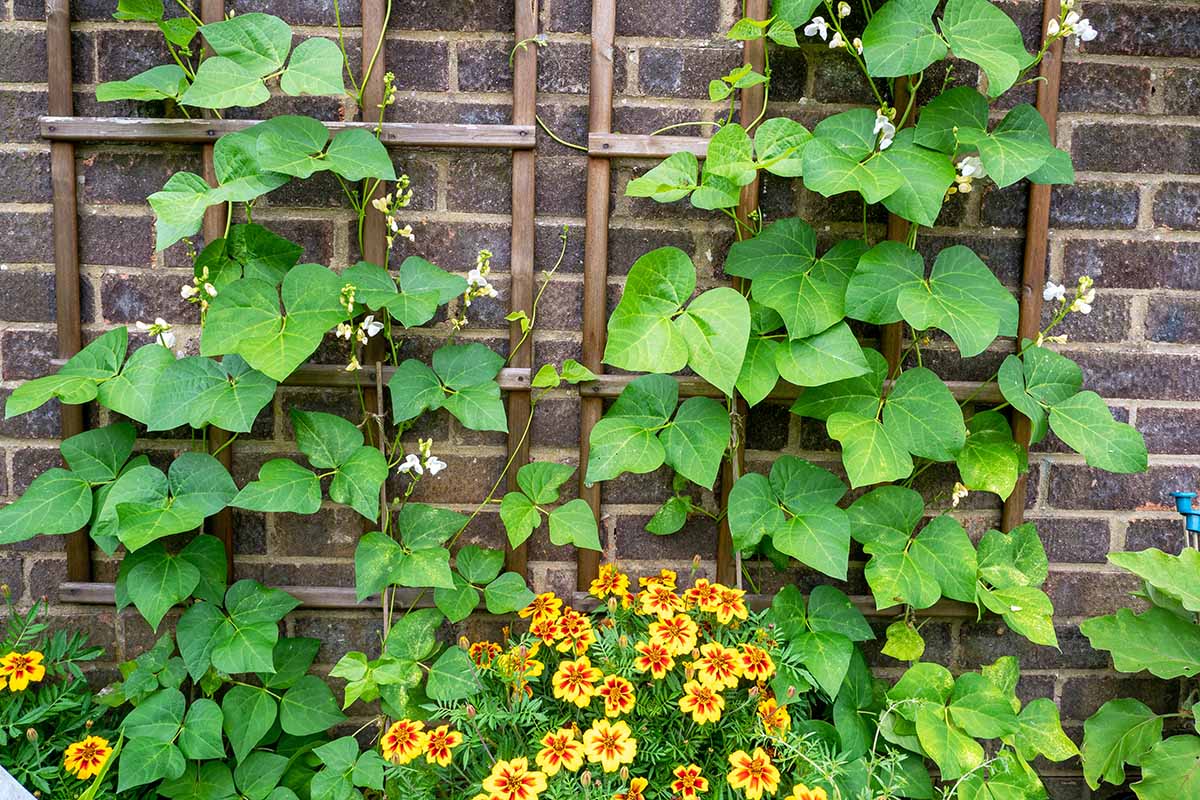
- Nasturtiums: Nasturtiums are another popular companion plant for bush beans. They help to attract beneficial insects and deter pests. They also have a spreading growth habit that can help to suppress weeds.

- Carrots: Carrots help to improve the flavor of bush beans. They also help to suppress the growth of root-knot nematodes, which can be a problem for beans.
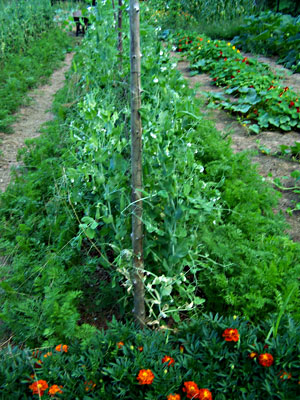
- Cucumbers: Cucumbers and bush beans are a classic combination. They help to support each other's growth and can be harvested at the same time.
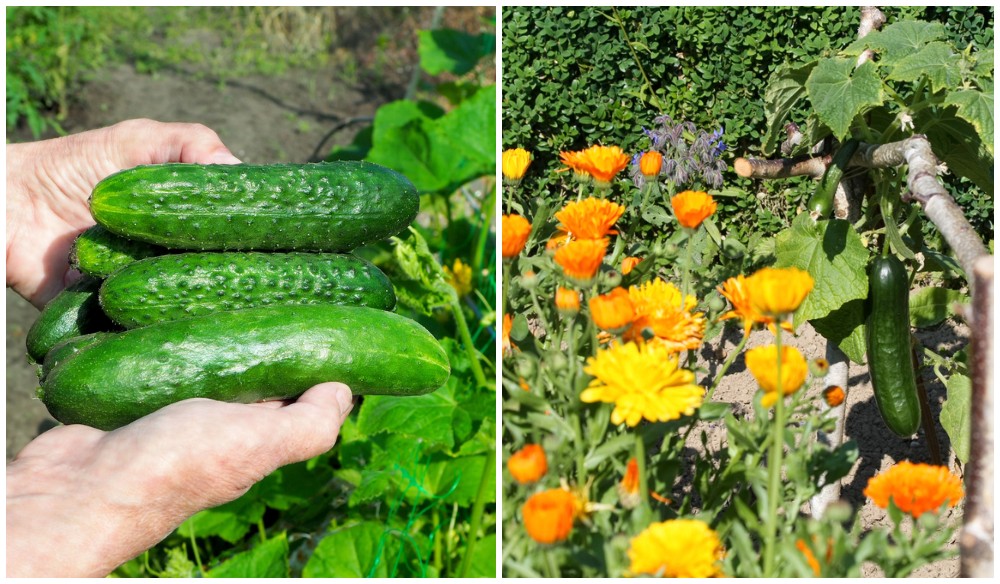
- Potatoes: Potatoes and bush beans are another good combination. They help to suppress weeds and improve soil quality.
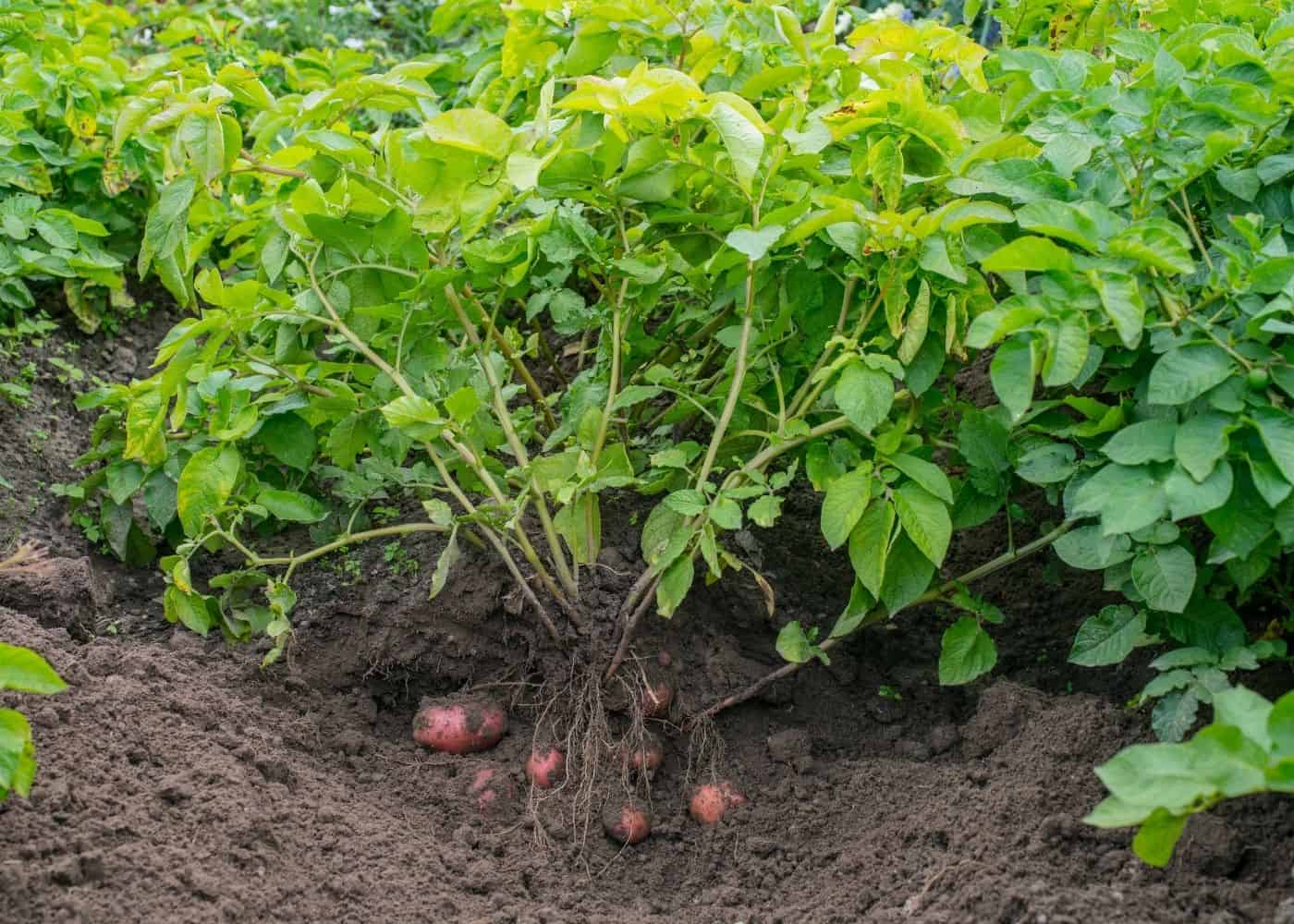
- Squash: Squash can help to protect bush beans from pests and diseases. They also help to suppress weeds.
- Summer Savory: Summer savory is a good companion plant for bush beans because it helps to repel pests. It also has a strong flavor that can be used to season beans.
- Rosemary: Rosemary is another good companion plant for bush beans because it helps to repel pests. It also has a strong flavor that can be used to season beans.
How to Plant and Care for Bush Beans with Companion Plants
When planting bush beans with companion plants, it is important to choose the right plants for your climate and garden conditions. You should also consider the spacing requirements of each plant.
Once you have chosen your plants, it is time to plant them. Be sure to follow the planting instructions for each plant.
After planting, you will need to care for your bush beans and companion plants regularly. This includes watering, fertilizing, and weeding.
Conclusion
Planting bush beans with companion plants is a great way to improve your chances of success. Companion plants can help to attract beneficial insects, deter pests, improve soil quality, and even increase yields.
If you are new to gardening, companion planting is a great way to get started. There are many different companion plants that can be beneficial for bush beans, so you can find the perfect combination for your garden.
Bush beans are a delicious and versatile vegetable that can be grown in many different climates. But did you know that there are certain plants that can help your bush beans thrive? Companion planting is the practice of planting certain plants together to benefit each other. And when it comes to bush beans, there are a few specific plants that can really make a difference.
One of the best companion plants for bush beans is marigolds. Marigolds help to repel pests, such as Mexican bean beetles and aphids. They also attract beneficial insects, such as ladybugs and hoverflies, which help to control pests.
Another great companion plant for bush beans is strawberries. Strawberries help to improve the soil's drainage, which can help to prevent root rot in bush beans. They also provide shade and shelter from the wind, which can help to protect bush beans from pests and diseases.
Other good companion plants for bush beans include carrots, cucumbers, potatoes, and summer savory. These plants all help to improve the soil's fertility or attract beneficial insects, which can all benefit bush beans.
If you're looking to grow bush beans in your garden, I encourage you to do some research on companion planting. You may be surprised at how much a few well-chosen companion plants can help your bush beans thrive.
For more information about bush bean companion plants, please visit Gardenia Inspiration.
FAQ of bush bean companion plants
Q1. What are the best companion plants for bush beans?
A. Some of the best companion plants for bush beans include:
- Corn: Corn provides support for bean vines to climb, and beans fix nitrogen in the soil, which benefits corn.
- Cucumbers: Cucumbers and beans benefit from each other's shade, and they both attract beneficial insects.
- Carrots: Carrots help to repel pests that can damage beans, and beans help to improve the flavor of carrots.
- Lettuce: Lettuce and beans both prefer cool weather, and they can be planted together in early spring or fall.
- Spinach: Spinach and beans both grow well in the same type of soil, and they can be planted together to help shade the soil and prevent weeds.
Q2. What are some plants that should not be planted near bush beans?
A. Some plants that should not be planted near bush beans include:
- Tomatoes: Tomatoes and beans compete for nutrients, and they can also attract the same pests.
- Peas: Peas and beans compete for nitrogen, and they can also spread the same diseases.
- Potatoes: Potatoes and beans can both attract the Colorado potato beetle, which can damage both plants.
- Melons: Melons and beans compete for water, and they can also attract the same pests.
- Squash: Squash and beans compete for space, and they can also spread the same diseases.
Q3. Do bush beans need support to grow?
A. No, bush beans do not need support to grow. However, if you want to encourage the beans to grow taller, you can provide them with a trellis or other type of support. This will help to keep the beans off the ground, which can help to prevent them from getting diseases.
Q4. How do I plant bush beans with other companion plants?
A. When planting bush beans with other companion plants, it is important to consider the spacing requirements of each plant. For example, corn needs more space than cucumbers, so you will need to plant them further apart. You should also consider the sun exposure requirements of each plant. For example, beans and lettuce both prefer full sun, while carrots and spinach can tolerate partial shade.
Q5. What are the benefits of planting bush beans with companion plants?
A. There are many benefits to planting bush beans with companion plants. Some of these benefits include:
- Improved pollination: Some companion plants, such as carrots, can attract beneficial insects that help to pollinate beans.
- Reduced pest pressure: Some companion plants, such as marigolds, can repel pests that can damage beans.
- Improved soil health: Some companion plants, such as legumes, can fix nitrogen in the soil, which benefits other plants.
- Increased yields: Companion planting can help to increase the yields of bush beans.
Image of bush bean companion plants
- Marigolds: Marigolds help to repel pests, such as aphids, beetles, and nematodes. They also attract beneficial insects, such as ladybugs and hoverflies.

- Nasturtiums: Nasturtiums are another good choice for companion planting with bush beans. They help to repel aphids, whiteflies, and spider mites. They also attract pollinators, such as bees and butterflies.

- Cucumbers: Cucumbers and bush beans can be planted together because they have similar growing requirements. They both need full sun and well-drained soil. Cucumbers can help to shade the roots of bush beans, which can help to prevent them from drying out.

- Carrots: Carrots and bush beans can also be planted together because they have different root systems. Carrots have a taproot, while bush beans have a fibrous root system. This means that they will not compete for water and nutrients.

- Lettuce: Lettuce is a good choice for companion planting with bush beans because it helps to suppress weeds. Lettuce also provides shade for the roots of bush beans, which can help to prevent them from drying out.
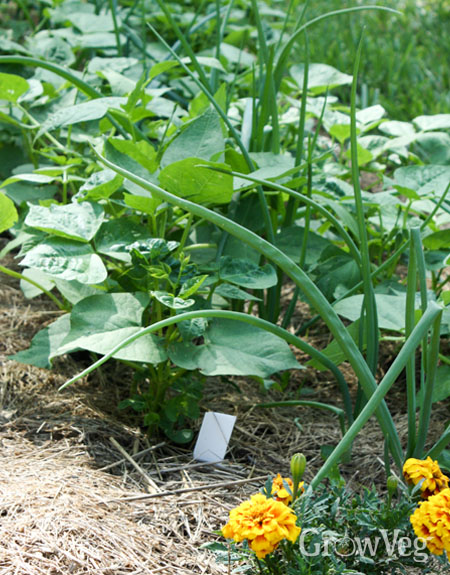
Post a Comment for "Grow Bush Beans Like A Pro With These Companion Plants"